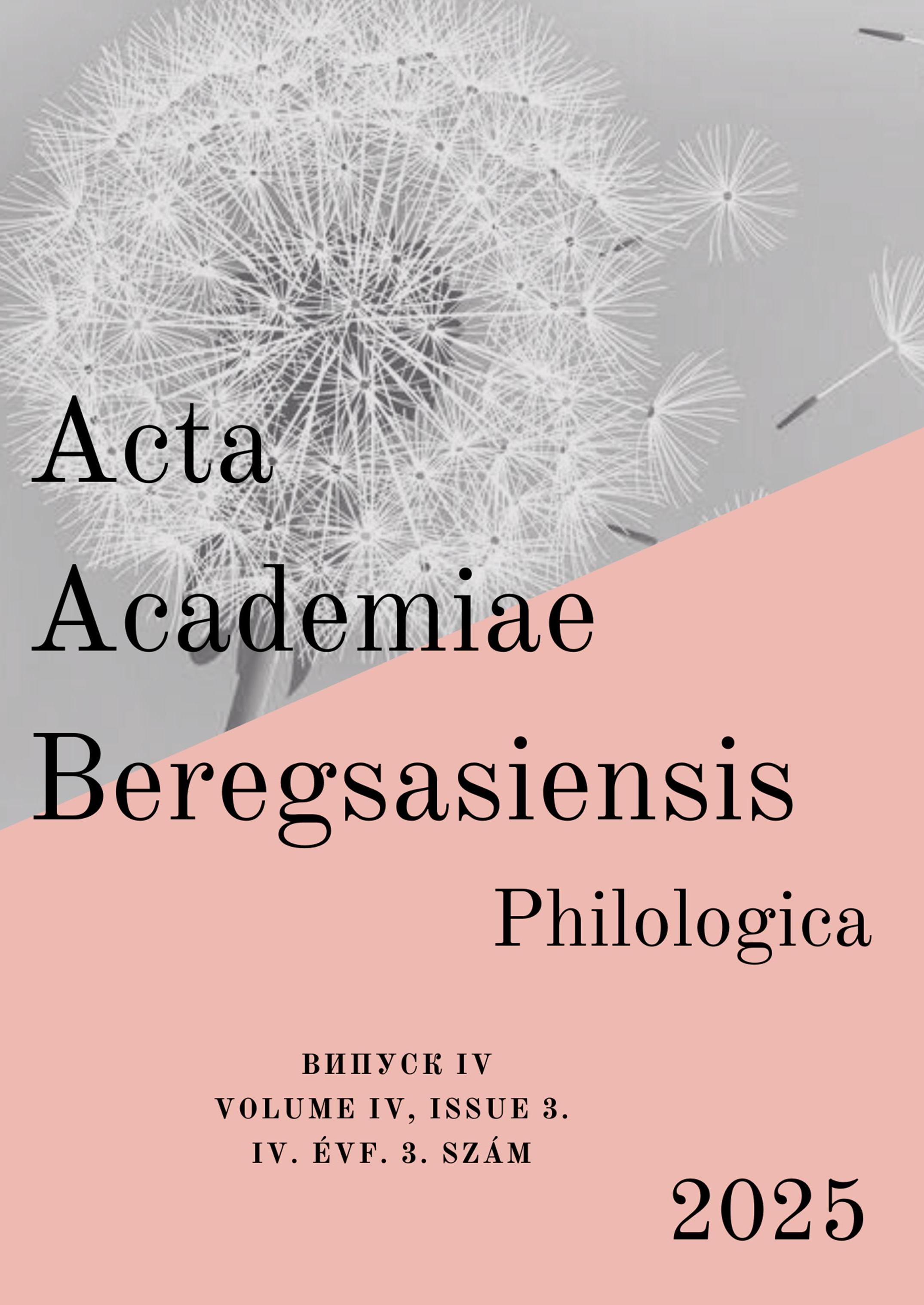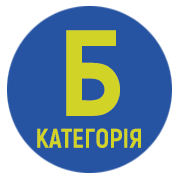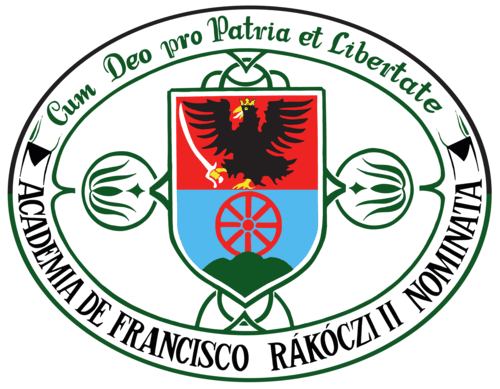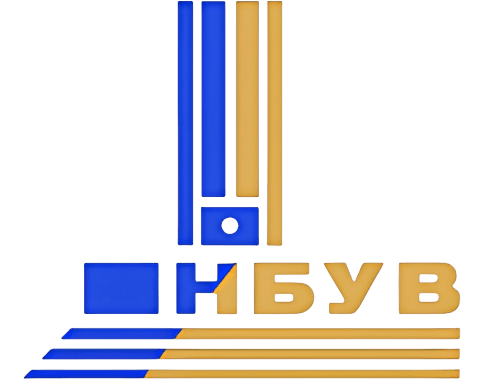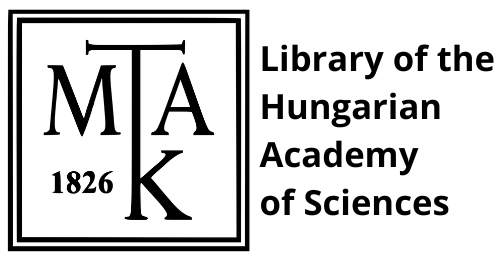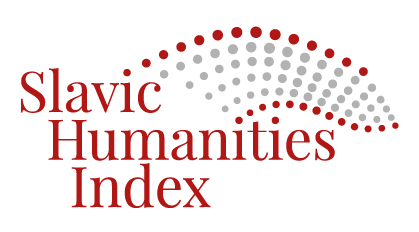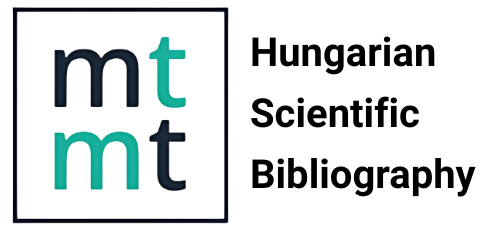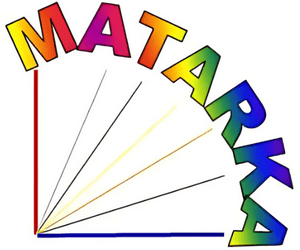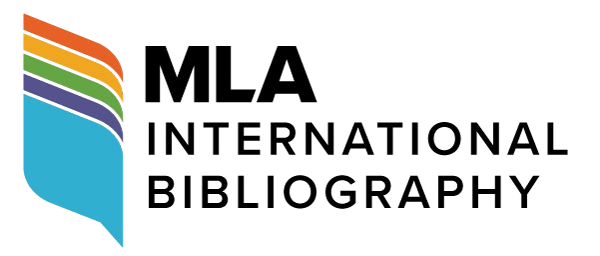Морфосинтаксична інтеграція англіцизмів у мову оромо
DOI:
https://doi.org/10.58423/2786-6726/2025-3-9-33Ключові слова:
мова оромо, перемикання кодів, англіцизми, модель матричної мови (MLF), морфосинтаксична інтеграція, двомовністьАнотація
У дослідженні розглянуто морфосинтаксичну інтеграцію англійських лексичних одиниць у мові оромо на основі багатомовних розмов, записаних у місті Дамбі Долло (регіон Оромія, Західна Ефіопія). Методом контактної лінгвістики проаналізовано, яким чином англійські слова та вирази входять у мову оромо, зберігаючи при цьому граматичну структуру та цілісність матричної (домінантної) мови. Увагу зосереджено на тому, як англіцизми вкраплюються у мову оромо із дотриманням граматичної цілісності матричної мови. Теоретичну основу дослідження становлять Модель матричної мови (Matrix Language Frame, MLF) та 4-М модель, які разом забезпечують пояснення того, як білінгви адаптують лексичні елементи у змішане мововживання. Вивчено синтаксичну та морфологічну функцію англіцизмів на основі двох аудіозаписів неформальних розмов білінгвів. Учасниками спілкування були носії діалекту меха мови оромо. Результати показують, що в мові оромо послідовно збережено порядок слів (підмет)–додаток–присудок ([S]OV) і забезпечено вживання всіх системних морфем, таких як показники узгодження, відмінка та виду навіть тоді, коли наявні змістові морфеми з англійської (іменники, дієслова або прикметники). Англіцизми адаптуються до морфологічної системи мови оромо за допомогою афіксів, що забезпечує граматичну відповідність у межах моделі MLF. Результати підтверджують, що білінгви пристосовують англійські лексичні одиниці у структурно передбачуваний спосіб, що засвідчує домінантну граматичну роль мови оромо у процесі спілкування білінгвів. Це зміцнює граматичне домінування мови оромо та його структурну стійкість. Результати дослідження є внеском у розуміння морфосинтаксичних процесів пристосування запозичень у багатомовному просторі Ефіопії та надає емпіричні докази застосування моделі MLF в Африці, зокрема в ефіопському соціолінгвістичному контексті.
Посилання
1. Adamu, A. Y. 2013. Diversity in Ethiopia: A historical overview of political challenges. The International Journal of Community Diversity 12/3: pp. 17–27. https://doi.org/10.18848/2327-0004/CGP/v12i03/39924
2. Ado, D. – Gelagay, A. W. – Johannessen, J. B. 2021. The languages of Ethiopia. In: Ado, D. – Gelagay, A. W. – Johannessen, eds. Grammatical and Sociolinguistic Aspects of Ethiopian Languages. John Benjamins Publishing Company. pp. 1–14.
3. Al-Bataineh, H. – Abdelhady, S. 2019. Cree–English intrasentential code-switching: Testing the morphosyntactic constraints of the Matrix Language Frame model. Open Linguistics 5/1: pp. 706–728. https://doi.org/10.1515/opli-2019-0039
4. Ali, M. – Zaborski, A. 1990. Handbook of the Oromo language. Wroclaw: Zakład Narodowy im. Ossolińskich – Wydawnictwo Polskiej Akademii Nauk.
5. Bachore, M. M. 2015. The status, roles and challenges of teaching English language in the Ethiopian context: The case of selected primary and secondary schools in Hawassa University technology village area. Revista Internacional de Sociología de La Educación 4/2: pp. 182–196. https://doi.org/10.17583/rise.2015.1515
6. Backus, A. M. 1998. Two in One: Bilingual Speech of Turkish Immigrants in the Netherlands. Tilburg: Tilburg University Press.
7. Banti, G. – Mazengia, S. 2023. Oromo. In: Meyer, R. – Wakjira, B. – Leyew, Z. eds. The Oxford Handbook of Ethiopian Languages. Oxford: Oxford University Press. pp. 257–293. https://doi.org/10.1093/oxfordhb/9780198728542.013.15
8. Bulcha, M. 1997. The politics of linguistic homogenization in Ethiopia and the conflict over the status of Afaan Oromoo. African Affairs 96/384: pp. 325–352. https://doi.org/10.1093/oxfordjournals.afraf.a007852
9. Butt, M. 2010. The light verb jungle: Still hacking away. In: Amberber, M. – Baker, B. – Harvey, M. eds. Complex Predicates: Cross-Linguistic Perspectives on Event Structure. Cambridge: Cambridge University Press. pp. 48–78. https://doi.org/10.1017/CBO9780511712234.004
10. Chali, K. K. – Parapatics, A. 2024. Language Policy and Practices in an Ethiopian University towards Multilingualism. Languages 9/6: p. 198. https://doi.org/10.3390/languages9060198
11. Coleman, H. 2011. Dreams and Realities: Developing Countries and the English Language. London: British Council.
12. CSA 2012. = Central Statistics Authority 2012. Population and Housing Census: Administrative Report. Addis Ababa.
13. Deuchar, M. 2006. Welsh–English code-switching and the Matrix Language Frame model. Lingua 116/11: pp. 1986–2011. https://doi.org/10.1016/j.lingua.2004.10.001
14. Deuchar, M. 2020. Code-switching in linguistics: A position paper. Languages 5/2: p. 22. https://doi.org/10.3390/languages5020022
15. Eshetie, A. 2010. Language policies and the role of English in Ethiopia. A presentation paper at the 23rd Annual Conference of IATEFL BESIG (19–21 Nov. 2010), Bielefeld, Germany.
16. Gerencheal, B. – Mishra, D. 2019. Foreign languages in Ethiopia: history and current status. International Journal of Research and Analytical Reviews 6/1: pp. 1431–1439.
17. Heugh, K. – Benson, C. – Bogale, B. – Yohannes, M. A. G. 2007. Study on the medium of instruction in primary schools in Ethiopia. https://everythingharar.com/wp-content/uploads/2017/02/4379_Heugh_Studyonmediumofinstruction.pdf (Accessed: 12.09.2025).
18. Jibril, A. 2024. The Quest for Afaan Oromoo’s Inclusion to the Federal Government Working Languages in Ethiopia: Causes and Benefits. Gadaa Journal 7/1: pp. 121–135.
19. Leyew, Z. 2012. The Ethiopian language policy: A historical and typological overview. Ethiopian Journal of Languages and Literature 12/2: pp. 1–59.
20. Meyer, R. – Wakjira, B. – Leyew, Z. 2023. The Oxford Handbook of Ethiopian Languages. Oxford: Oxford University Press.
21. Midega, M. 2014. Official Language Choice in Ethiopia: Means of Inclusion or Exclusion? Open Access Library Journal 1/7: pp. 1–13. https://doi.org/10.4236/oalib.1100932
22. Milroy, L. 1987. Observing and Analysing Natural Language: A Critical Account of Sociolinguistic Method. Oxford: Basil Blackwell.
23. Myers-Scotton, C. 1993. Common and uncommon ground: Social and structural factors in code-switching. Language in Society 22/4: pp. 475–503.
24. Myers-Scotton, C. 2002. Contact Linguistics: Bilingual Encounters and Grammatical Outcomes. Oxford: Oxford University Press.
25. Myers-Scotton, C. – Jake, J. 2000. Four types of morpheme: Evidence from aphasia, code-switching, and second-language acquisition. Linguistics 38/6: pp. 1053–1100. https://doi.org/10.1515/ling.2000.021
26. Ngatu, S. P. K. 2018. The role of English as lingua franca – informed approach in English language teaching and learning to preserve cultural identity: from classroom to practice. Edulitics Journal 3/2: pp. 8–16.
27. Wakjira, B. – Shiferaw, T. 2023. Language in the media. In: Meyer, R. – Wakjira, B. – Leyew, Z. eds. The Oxford Handbook of Ethiopian Languages. Oxford: Oxford University Press. pp. 78–85. https://doi.org/10.1093/oxfordhb/9780198728542.013.6
28. Wakweya, G. 2017. Inflectional morphology in Mecha Oromo. Journal of Languages and Culture 8/8: pp. 110–140. https://doi.org/10.5897/JLC2016.0395
29. Walga, T. K. 2021. Prospects and challenges of Afan Oromo: A commentary. Theory and Practice in Language Studies 11/6: pp. 606–612. https://doi.org/10.17507/tpls.1106.03
30. Woldemariam, H. – Lanza, E. 2014. Language contact, agency and power in the linguistic landscape of two capitals of Ethiopia. International Journal of the Sociology of Language 2014/228: pp. 79–103. https://doi.org/10.1515/ijsl-2014-0006
31. Xhemaili, M. 2022. The importance of the English language in public diplomacy and international relations. Journal of Liberty and International Affairs 8/1: pp. 322–339. https://doi.org/10.47305/JLIA2281322x
32. Youssouf, T. 2024. Determining word boundaries in Afaan Oromoo (Oromic). In: Huang, Y. – Kaldhol, N. H. – Lim, J. J. – Rose, S. – Struthers-Young, A. eds. ACAL in SoCAL: Selected papers from the 53rd Annual Conference on African Linguistics. Berlin: Language Science Press. pp. 517–538.
Downloads
Опубліковано
Як цитувати
Номер
Розділ
Ліцензія
Авторське право (c) 2025 Mihiretu Wakwoya, Margaret Deuchar

Ця робота ліцензується відповідно до Creative Commons Attribution 4.0 International License.
Автори зберігають авторські права та надають журналу право першої публікації. Водночас робота ліцензується за умовами ліцензії Creative Commons Attribution 4.0 International License (CC BY 4.0), що дозволяє іншим поширювати матеріал за умови належного посилання на автор(ів) та первинну публікацію в цьому журналі.
